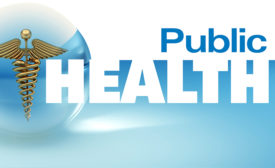Home » CDC
Articles Tagged with ''CDC''
Measles still taking a heavy toll
But vaccination has saved an estimated 17.1 million lives since 2000
December 8, 2015
CDC gives U.S. schools a good grade in health
More fruits and vegetables offered -- less sodium used
August 28, 2015
CDC: Increase in drug-resistant infections likely
They currently cause 23K deaths a year
August 5, 2015
Never miss the latest news and trends driving the safety industry
eNewsletter | Website | eMagazine
JOIN TODAYCopyright ©2024. All Rights Reserved BNP Media.
Design, CMS, Hosting & Web Development :: ePublishing





